Gli Ultimi Articoli sul Peperoncino
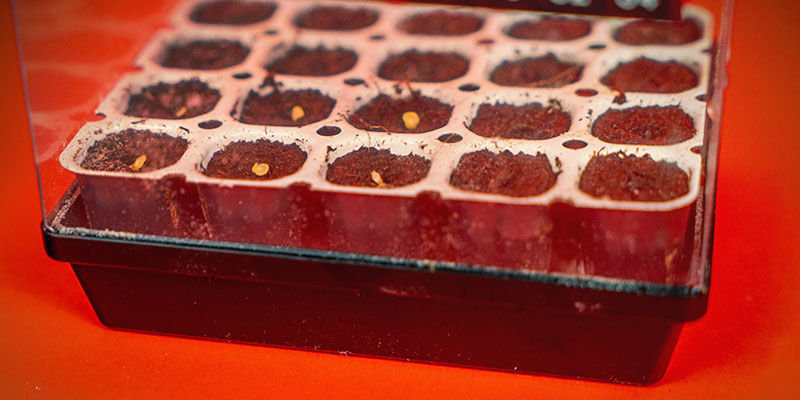
Come far germogliare i semi di peperoncino
Ci siamo, è arrivato il momento di seminare i nostri peperoncini e dare il via ad una nuova stagione piccante!
Hai seguito la nostra guida su come conservare i semi di peperoncino e ora vuoi fare in modo che vengano su delle belle piantine. Bene, sei nel posto giusto!
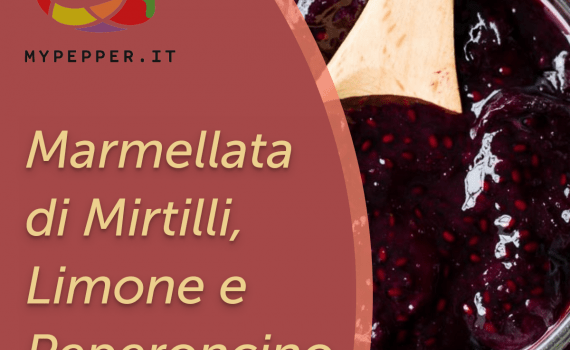
Marmellata di Mirtilli, Limone e Peperoncino – Ricetta
Marmellata di Mirtilli, Limone e Peperoncino. Una marmellata semplice da preparare e molto gustosa! Scopriamo come fare!
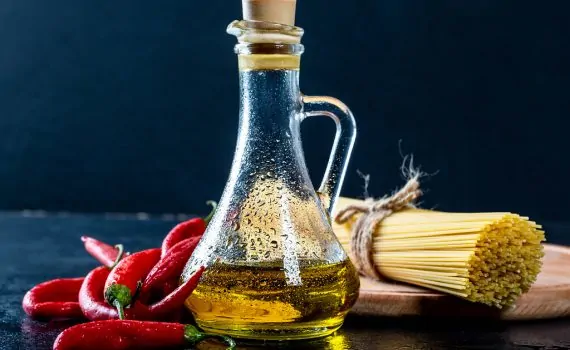
Come fare l’Olio Piccante senza correre rischi: 3 Metodi
Fare l’olio piccante, detto anche Olio Santo, può sembrare una cosa banale, ma nasconde delle insidie da non sottovalutare. Scopriamo perchè!

Marmellata di Peperoncini Jalapeño e Lamponi – La Ricetta
La gustosa ricetta della marmellata di Jalapeño e Lamponi, una interessante e gustosa variante piccante!

Come conservare i semi di Peperoncino: Guida
Scopriamo come conservare i semi di peperoncino per poterli piantare nella prossima stagione di semina!
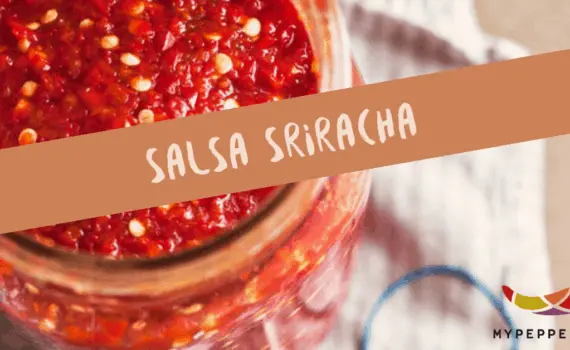
Ricetta della Salsa Sriracha – Salsa Piccante
La Salsa Sriracha è una salsa piccante originaria della Thailandia che sta spopolando negli ultimi anni. Scopriamo come prepararla in casa!

Peter Pepper: Oltre alla forma… c’è di più!
Quando lo vedi, non puoi certo ignorarne la forma così particolare. Si, è un peperoncino che sembra un pene! Ma non si limita certo a questo
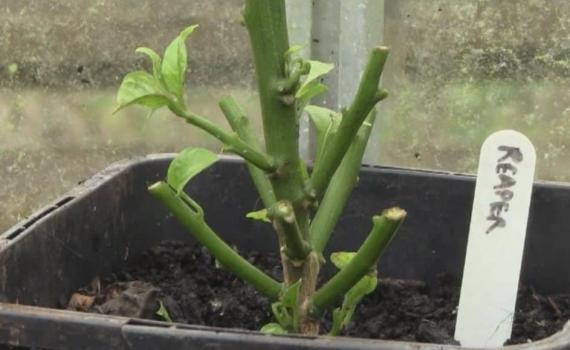
Come svernare i Peperoncini: Guida 2022
Scopriamo come svernare correttamente i nostri peperoncini e preservarli dall’inverno!
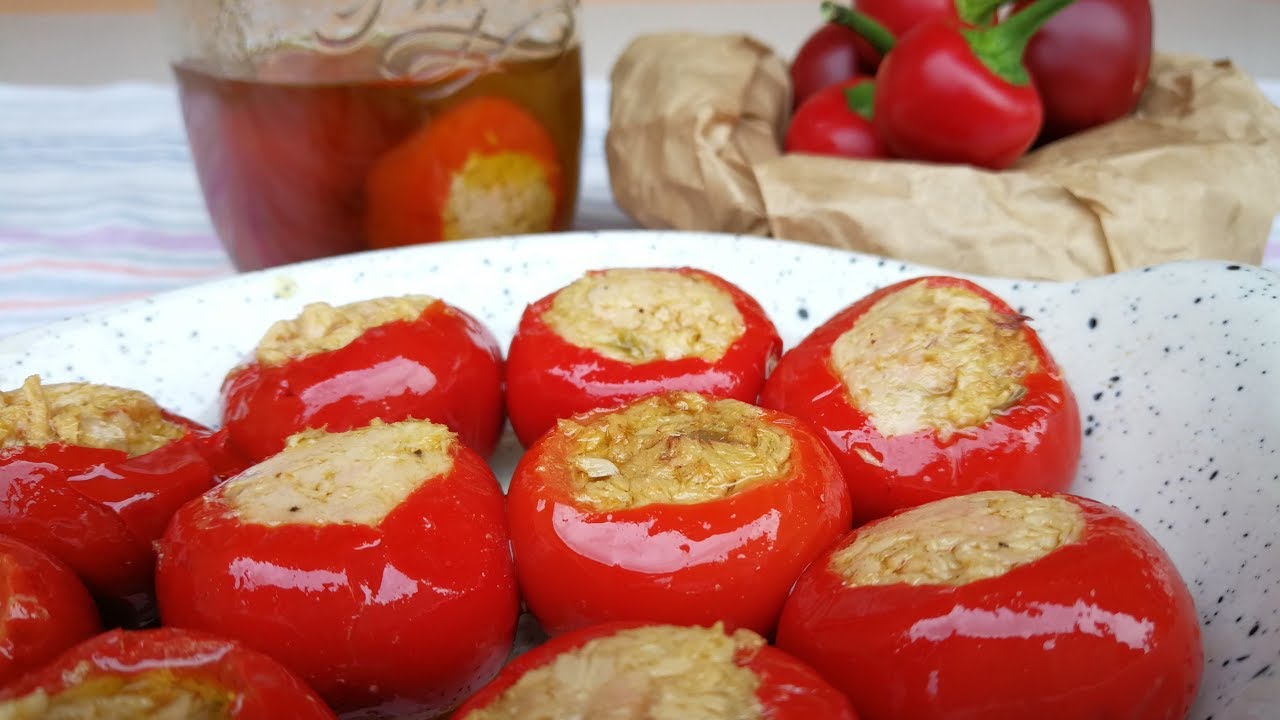
Peperoncino tondo ripieno di tonno, capperi e acciughe – La Ricetta
Di peperoncini ne esistono moltissime tipologie, hanno colori e gradi di piccantezza differenti, forma allungata, conica o tonda ed è proprio con quest’ultima che si presenta quello ideale da farcire: il “ciliegia”, detto anche “tondo calabrese”.
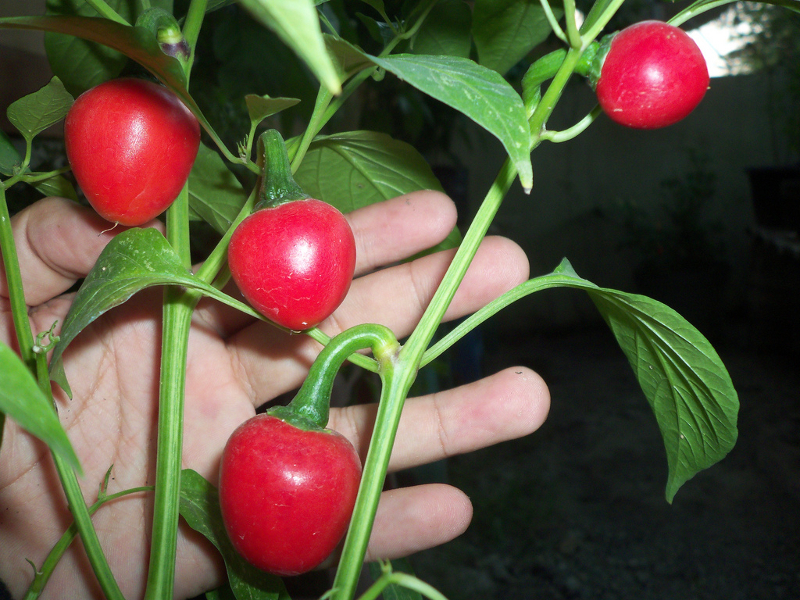
Peperoncino Bacio di Satana o Ciliegia – Tutte le Caratteristiche
Il peperoncino ciliegia, conosciuto anche come “bacio di Satana” ha un aspetto caratteristico e molto riconoscibile: è piccolo e rotondo, simile ad un pomodorino.
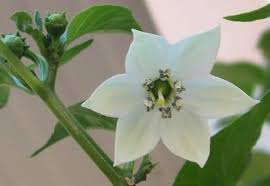
I fiori di peperoncino cadono? Scopriamo perchè e come risolvere!
Hai visto le tue piante di peperoncino perfettamente sane mettere una miriade di fiori solo per vederli cadere tutti? Scopriamo come rimediare!

Come fare la Salsa Ranchera – Salse Piccanti Messicane
Scopriamo come preparare la Salsa Ranchera, una delle salse piccanti più diffuse in Messico!

Malattie del Peperoncino: Riconoscerle e Combatterle
Parassiti, Malattie delle foglie, Problemi ai frutti, Virus, Nematodi, Problemi Ambientali: Scopriamo come riconoscerli e come combatterli.
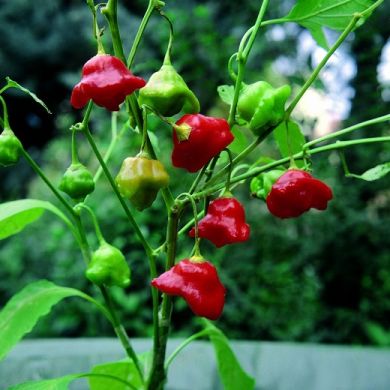
Peperoncino Bishop Crown o Cappello del Vescovo – Le Caratteristiche
Pochi peperoncini hanno un aspetto distintivo come il peperoncino Bishop Crown, conosciuto in Italia come “Cappello del vescovo”
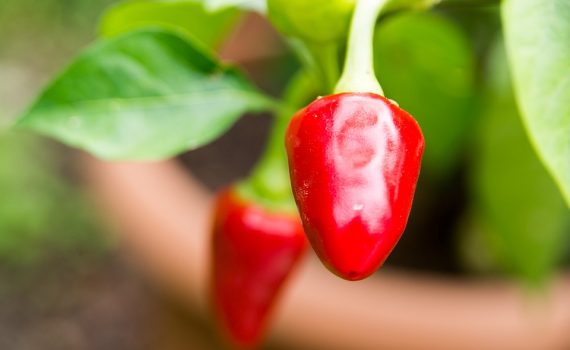
Come concimare i peperoncini? La guida passo-passo!
Una corretta concimazione è essenziale per avere piante sane, ricche di fiori e stracolme di frutti!
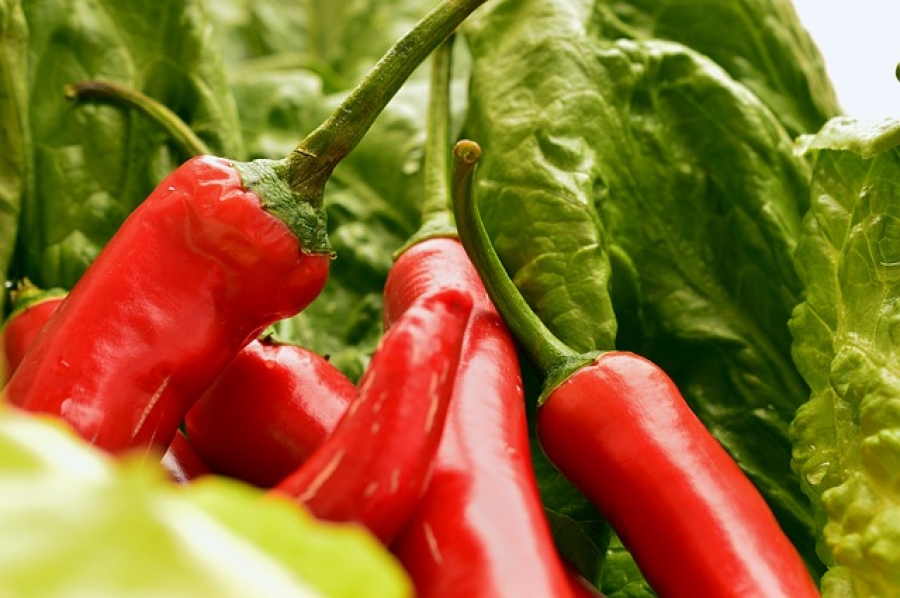
La NASA porta nello spazio il primo frutto: è un peperoncino!
La NASA ha annunciato il primo frutto che crescerà sulla ISS, ed è…un peperoncino!
Se tutto andrà secondo i piani, nel novembre di quest’anno la Stazione Spaziale Internazionale (ISS) diventerà decisamente più piccante 😉
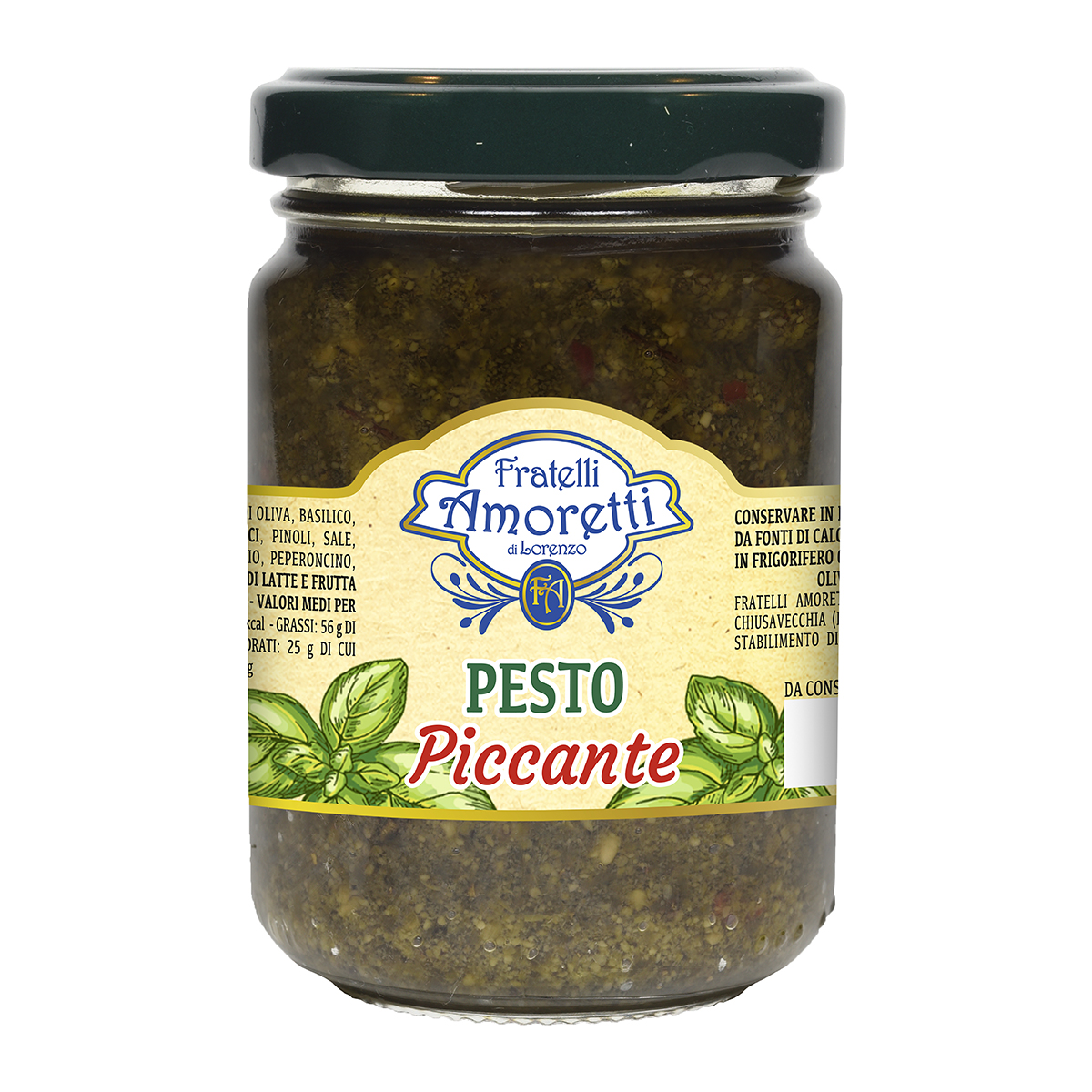
Pesto agli Jalapeño: Un pesto per gli amanti del piccante!
Il pesto alla Jalapeño è molto semplice da realizzare ed è una ricetta eccellente per amplificare il sapore della tua pasta, ma può essere perfetto per arricchire antipasti o come “salsa spalmabile”.

Peperoncino Serrano: Tutte le caratteristiche
Quando lo vedi, non puoi certo ignorarne la forma così particolare. Si, è un peperoncino che sembra un pene! Ma non si limita certo a questo
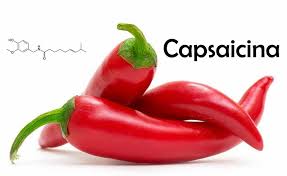
Come si estrae la Capsaicina dai peperoncini | La spiegazione
Qui di seguito illustreremo il sistema “lento” ma ad “alta potenza”, ovvero uno dei processi per estrarre la maggior quantità di capsaicina a temperatura ambiente.
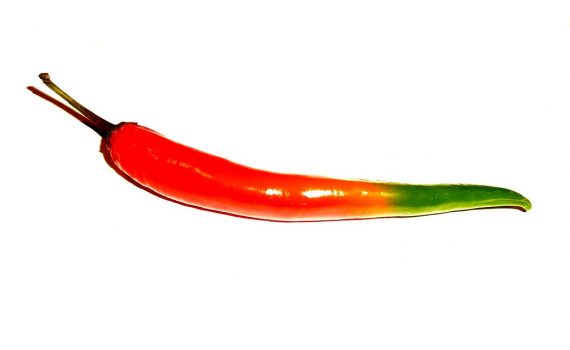
Classifica Piccantezza dei Peperoncini 2019
Scopriamo la classifica aggiornata sulla piccantezza dei peperoncini. Qual è il peperoncino più piccante?
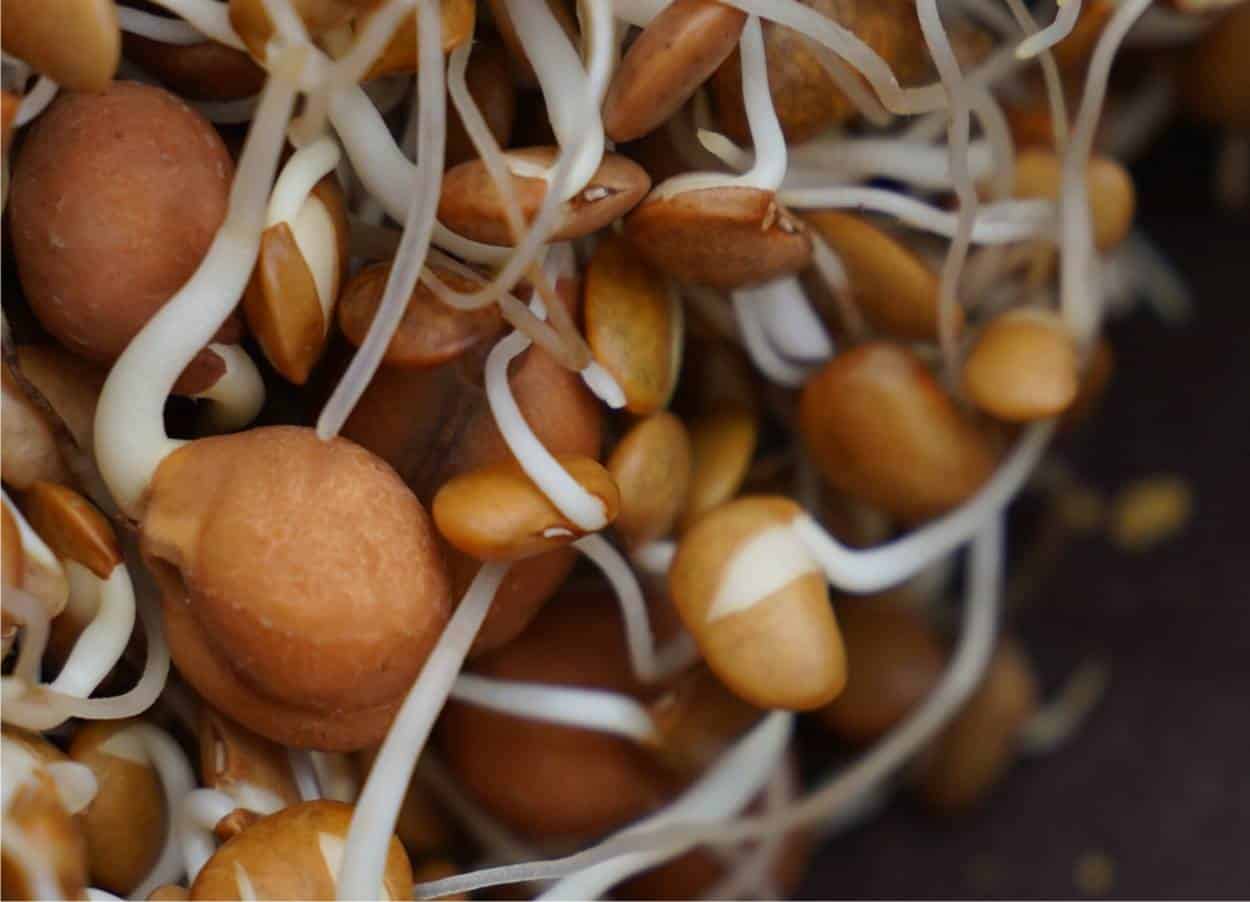
Come fare le Auxine fai-da-te: La guida definitiva!
Scopriamo come estrarre questo potentissimo ormone che farà letteralmente “esplodere” le tue piante!
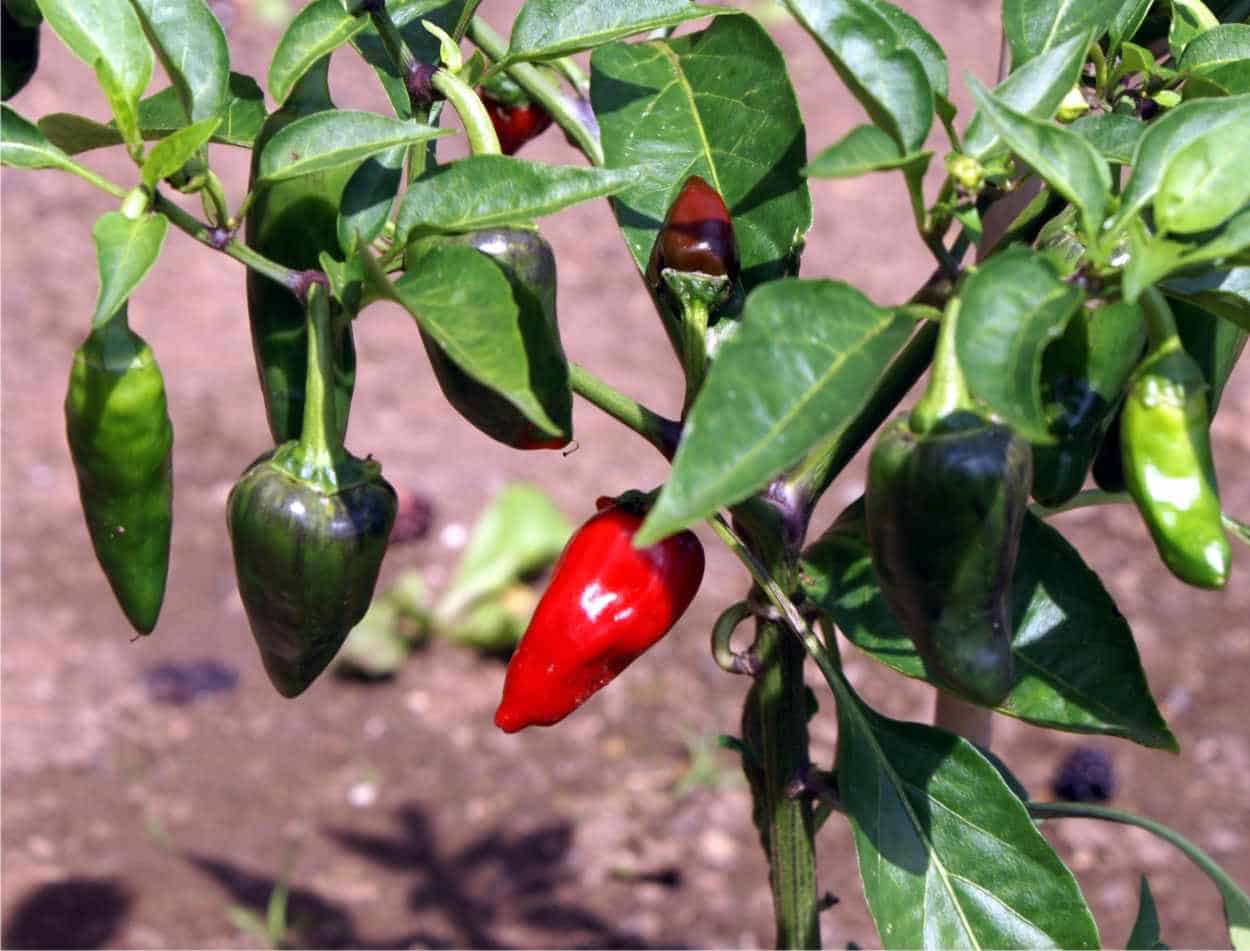
Quando raccogliere gli Jalapeño? Scopriamolo!
Rossi? Verdi? Ma quanto verdi?
Scopriamo il momento giusto per raccogliere questi adorabili peperoncini
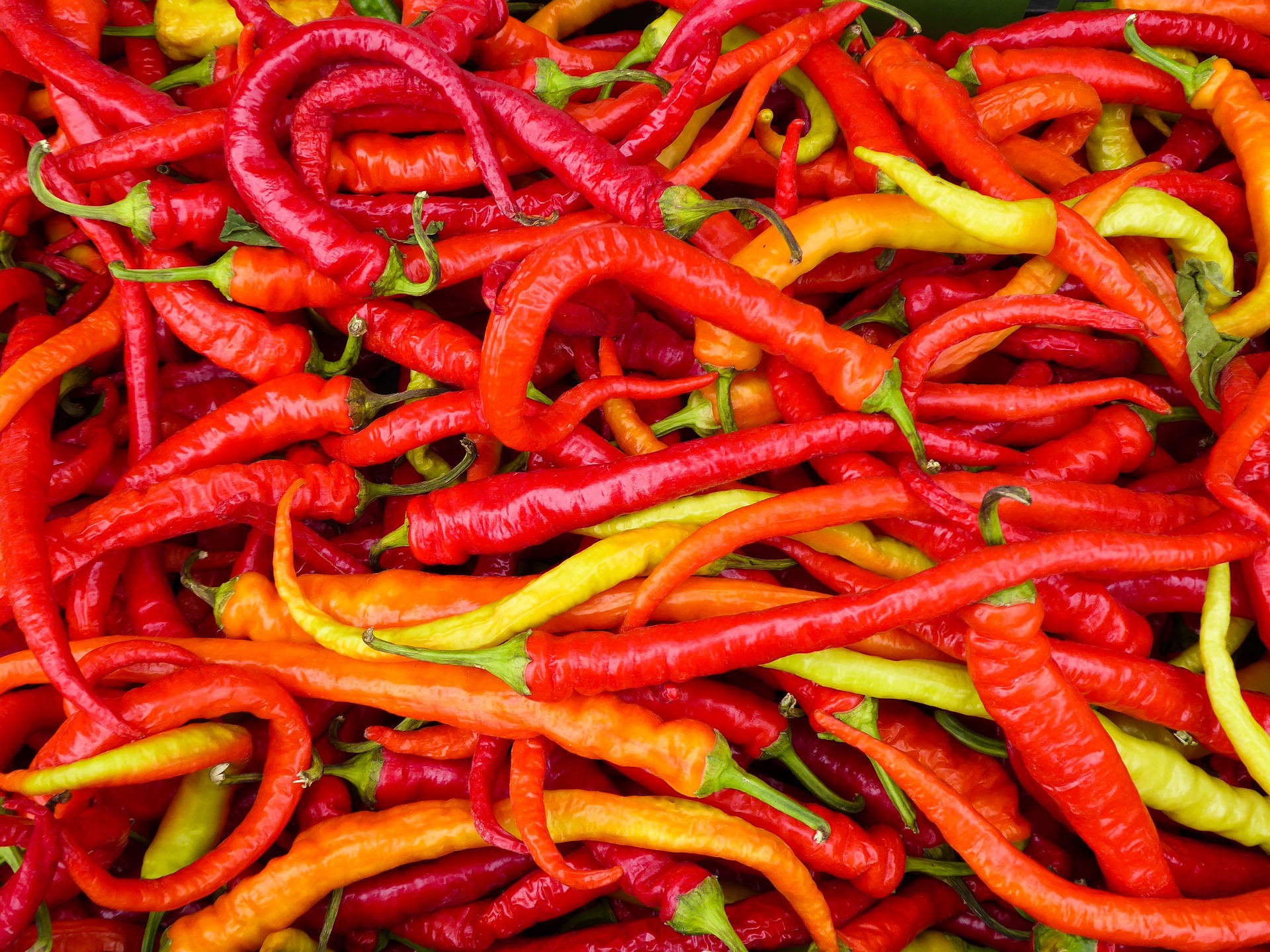
Come e quando innaffiare i Peperoncini? Ecco la guida!
La tecnica che utilizzi per innaffiare i tuoi peperoncini è fondamentale per la buona riuscita del raccolto, sia che tu stia coltivando degli Jalapeño che dei temutissimi Carolina Reaper.

Come usare il Peperoncino Cayenna – 9 Idee di MyPepper.it
Il Peperoncino di Cayenna può essere usato in moltissimi modi, non solo in cucina! Ecco 9 idee illuminanti!